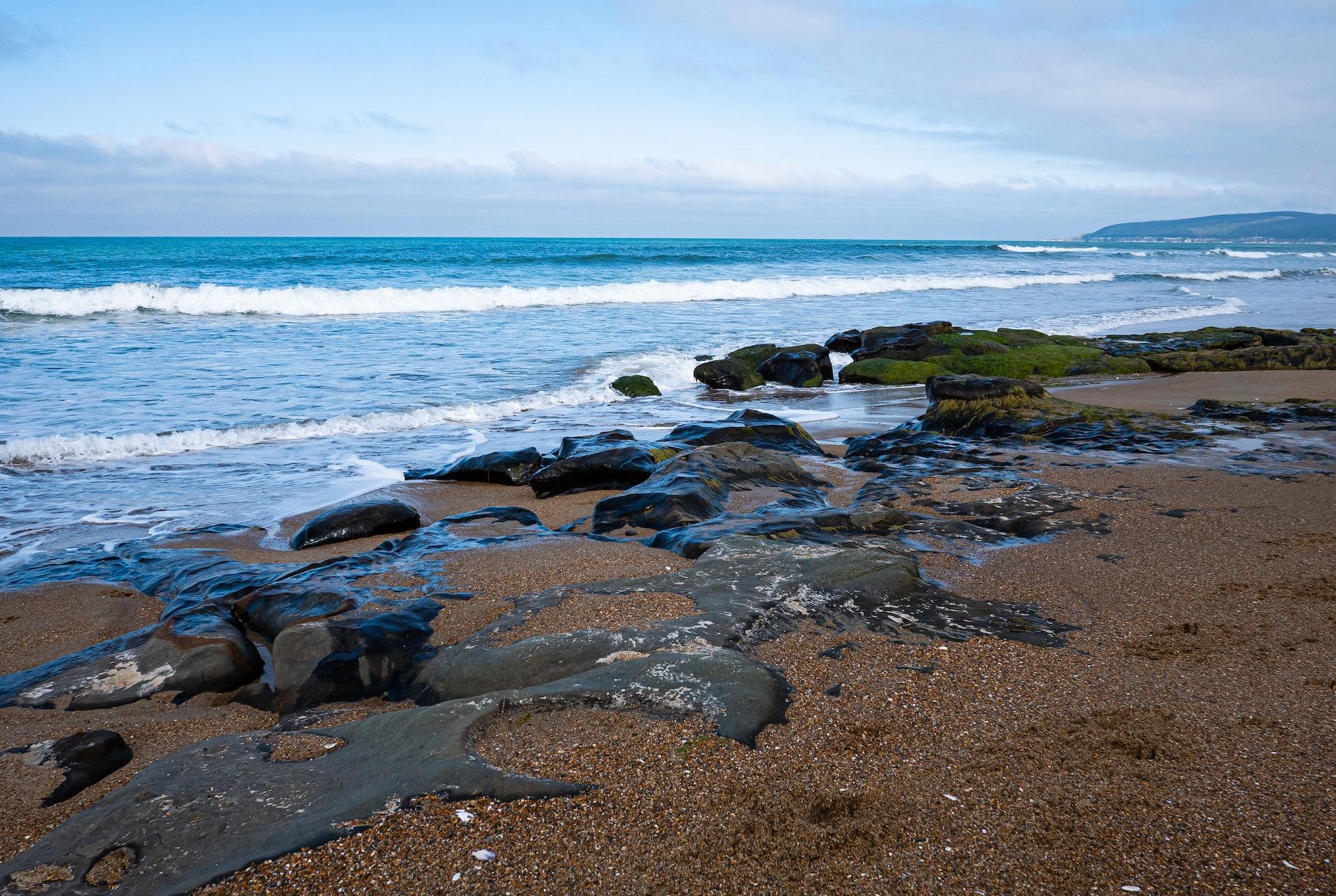
West Estonia 2022 oil spill study highlights crisis management gaps
A study by the Crisis Research Centre found that a major obstacle to resolving the oil spill crisis that hit the West Estonian islands last spring was the different perceptions of the roles of local and central government. The problems stemmed from a lack of legal clarity, an unclear division of roles and a shortage of resources.
The study, which focused on the factors influencing crisis management in the local municipalities of Hiiumaa and Vormsi, highlighted important problems in multi-level crisis management of coastal pollution response. “The municipalities made a great effort to tackle the pollution crisis. However, there were serious shortcomings in the functioning of the cooperation between municipal and national levels. For example, in managing the crisis, municipalities were guided by a national guideline that local authorities, regardless of their size, must deal with pollution of less than five tonnes. It turns out that this threshold was not set in the crisis legislation, and the legal framework would have allowed for much more flexible state involvement and assistance – right from the start of the crisis,” said Hannes Nagel, head of the Crisis Research Centre.
The five-tonne limit, which has been a die hard myth, became a major obstacle to crisis management, especially in Vormsi, one of Estonia’s smallest municipalities. “When Vormsi, with a population of 450, received a message from the state that this crisis was theirs to solve, both the local government and the community were essentially stretched to the limit. There is an urgent need for the so-called “five-tonne myth” to be debunked, and the flexibility of the state’s assistance in crisis management enhanced, with special attention to small municipalities,” Nagel said. The help most needed was the know-how in dealing with the pollution crisis, as well as human resources to carry out clean-up operations.
The study has also been presented to the Hiiumaa Crisis Committee. “Last year’s pollution crisis was a serious challenge for Hiiumaa, but thanks to the local emergency managers and the help of the community, we managed to overcome it. The report of the study will be an important input for us in improving and developing our crisis management systems,” said Hergo Tasuja, Mayor of Hiiumaa Municipality. “There are also aspects where change can only come from the central government level. For example, crisis management needs more efficient cooperation between different levels, legal clarity and a system to maintain crisis cooperation.”.
In the spring of 2022, a total of four municipalities were affected by the oil spill, which also reached Lääne-Nigula municipality and Haapsalu, with over six tonnes of oil removed from the coastal areas of Western Estonia in two weeks.
The study was commissioned by the municipality of Hiiumaa to provide an overview of the crisis management of the municipalities affected by debris pollution and the factors that influenced it. The aim was to provide the municipalities with input to take stock of the coastal pollution situation and to improve the management of similar crises in the future.
The NGO Crisis Research Centre was established in 2022 with the aim of popularising and developing the field of crisis management and initiating public debates on relevant topics.
The full report (in Estonian) can be found here.
*Photo: oil spill at the coast (Tonia Kraakman, Pexels, 2022).
Jaga postitust:
